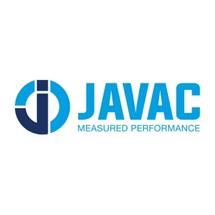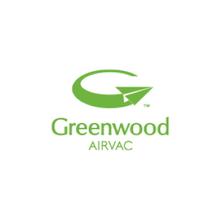Window Mounted Low Voltage Bathroom Fans - PIR
3 products
Showing 1 - 1 of 1 product
If you need to understand SELV and Zone 1 Bathroom fans then this is for you.
Low voltage (as opposed to low energy) relates to safety. As a person is often barefoot or unclothed in a wet room environment, this is an area in which reduced protection normally provided by clothing from electrical shock occurs. Add to this the presence of water and the bathroom becomes an area of increased risk of electrical shock.
In fact, the bathroom is classed as a ‘special location’ under Part P of the Building Regulations which means that other than for the ‘like for like’ replacement of existing equipment, just about all other items will be classed as ‘Notifiable Work’. In order to comply with this requirement, Notifiable Work will need to be carried out by a person who has received assessment and is a member of one of a number of part P competent persons schemes.
As the bathroom is considered a ‘special location’ safety is paramount and so, bath, shower and wet rooms are divided into zones for electrical purposes which the diagram below details.

As you can see, there are 3 Zones - 0, 1 & 2 plus outside of this is an area called the Outside Zone and electrical equipment is categorised as to whether it is suitable for use in the relevant zones of the bathroom.
For fans, the regulations state that should it (or other electrical appliances) be fitted within Zone 1 of the bathroom then a Safety (or Separated) Extra- Low Voltage or SELV fan should be fitted as these, as the name suggests, are designed to operate with reduced voltage and so increase the safety element for the user. Irrespective of this, some people chose to use a SELV fan in any bathroom situation as a matter of personal preference.
Generally, this is done by having a fan which works the same way as usual but in addition, a transformer is included and this is placed outside the wet room zones. The transformer then supplies power to the fan at a reduced voltage to provide additional safety to the occupant.







